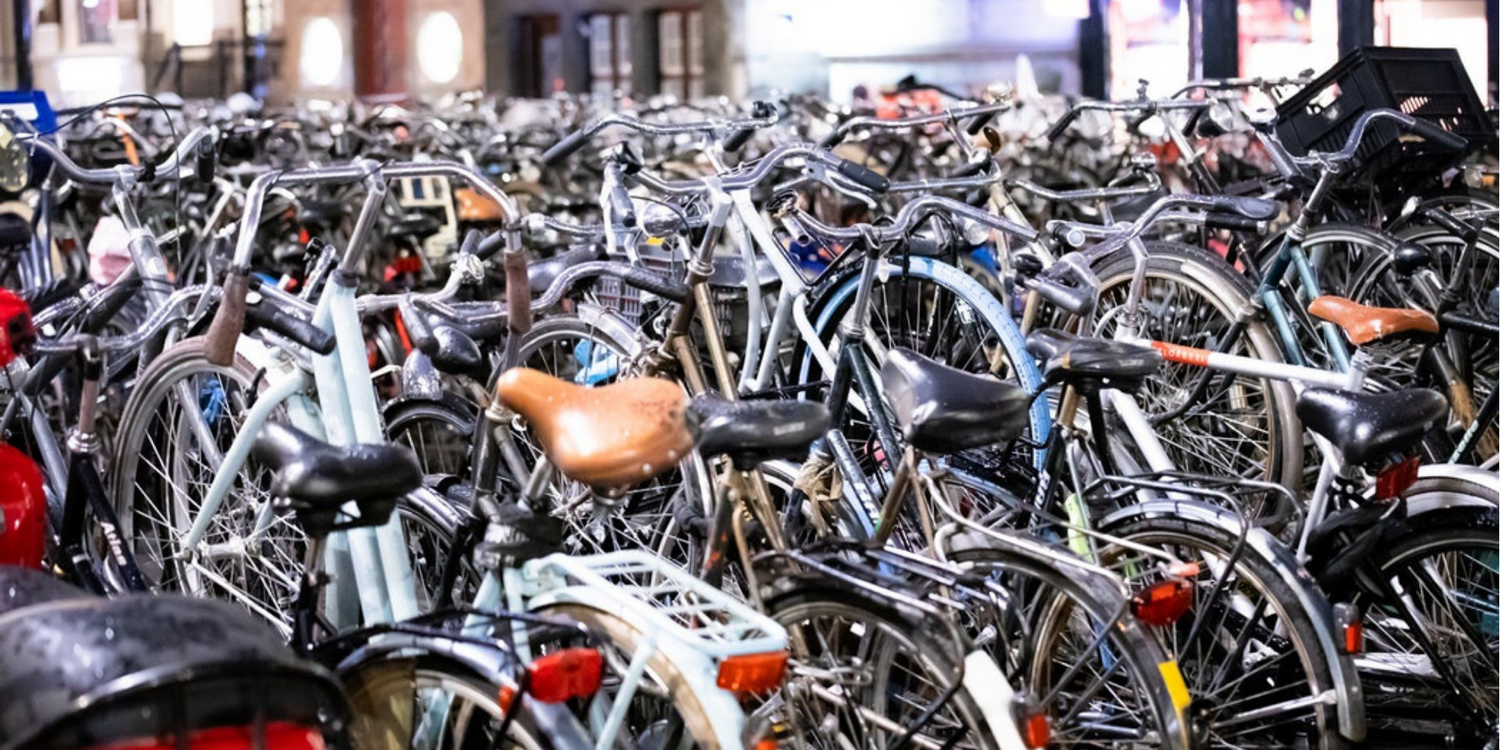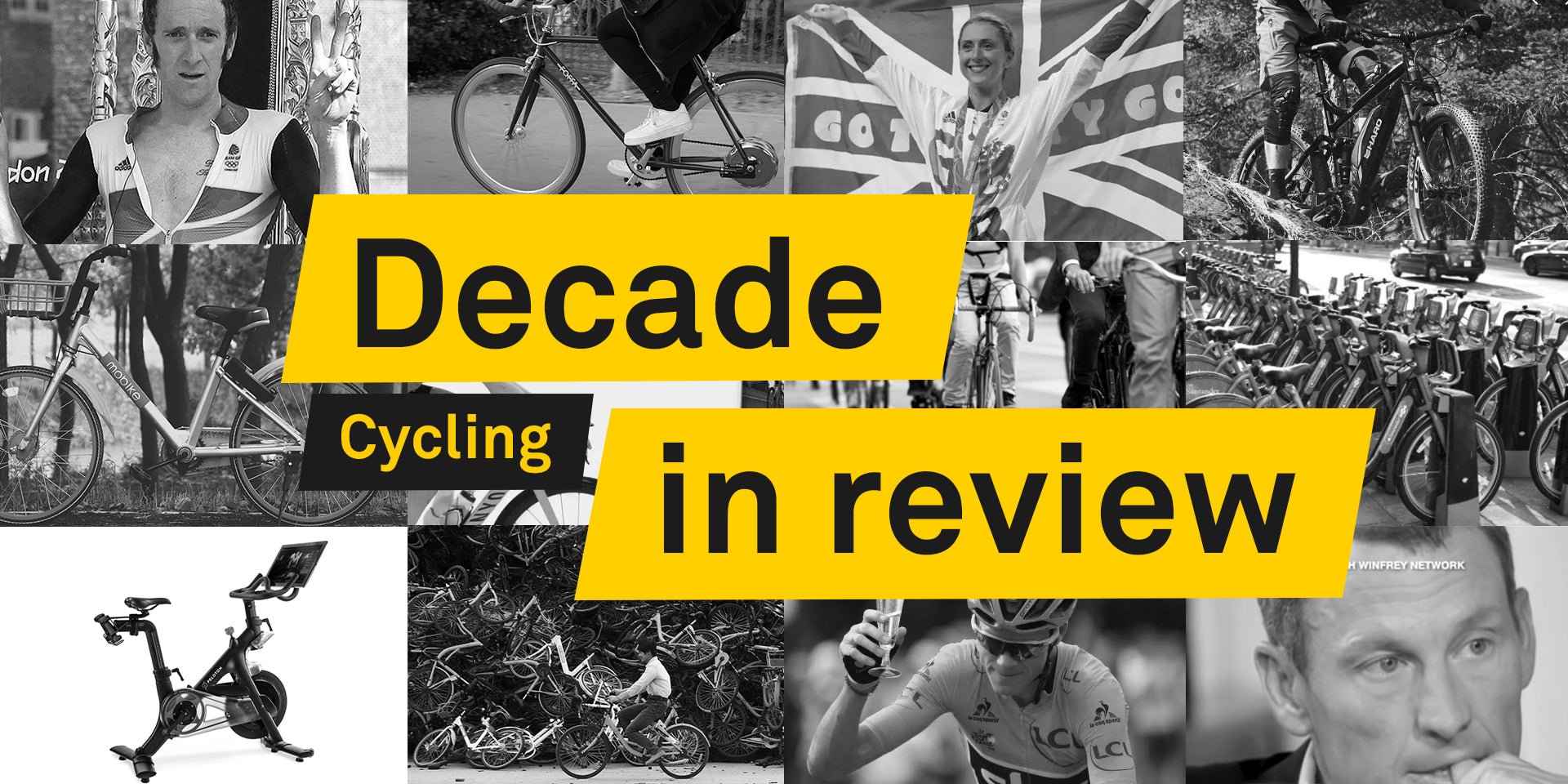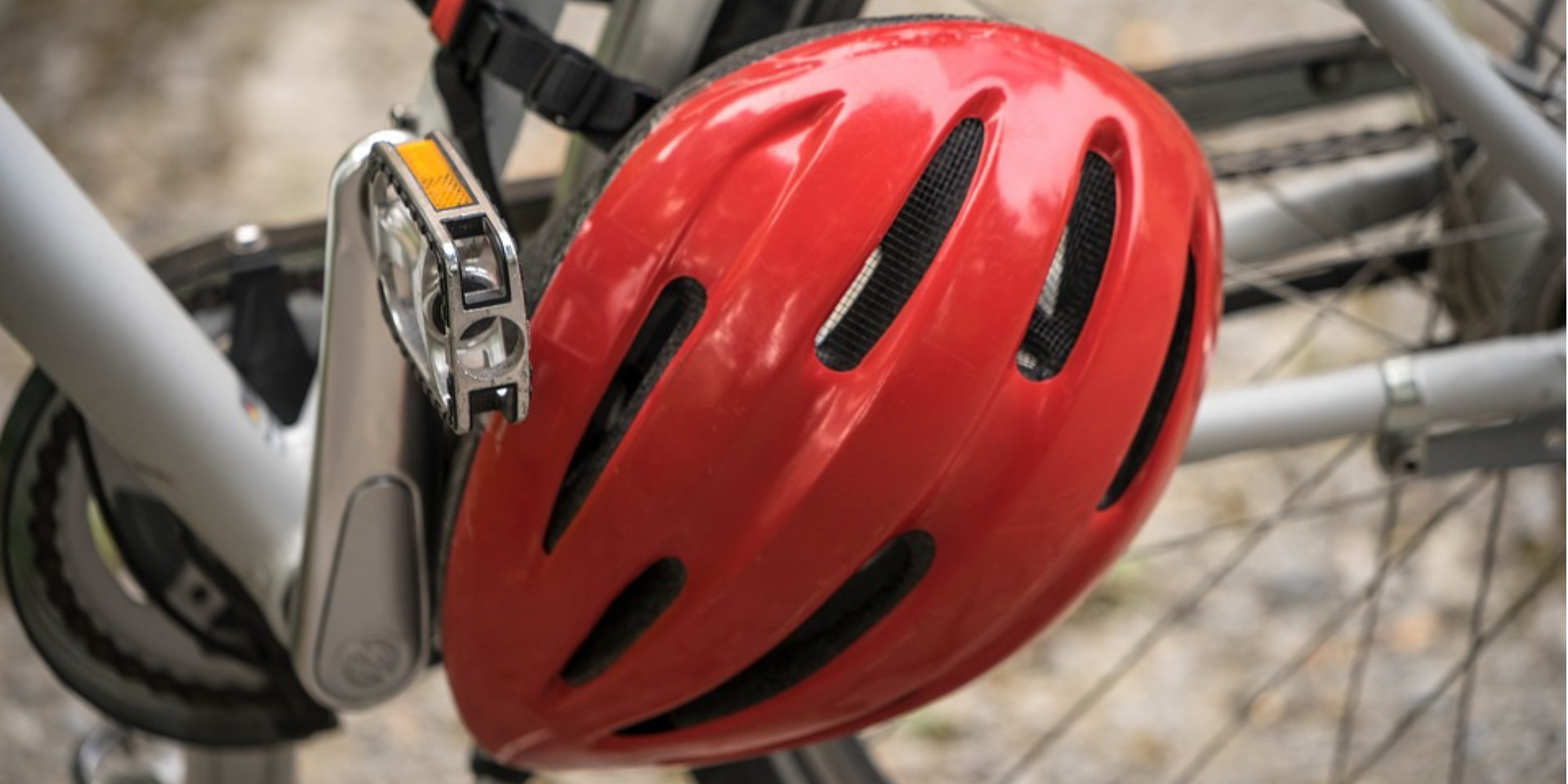Cycling is booming! People all over the world are getting back in the saddle - or trying out cycling for the first time - as we change our lives to accommodate social distancing.
If you have a trusty steed knocking around at home, you're probably already rolling...but if you're looking to buy one? You might be feeling a bit overwhelmed!
The huge number of bike types, names and terms can be confusing when you're first starting out cycling.
In this blog, we'll take you through the main types of bike and the sort of cycling they are best suited to so you can choose the right bike for your needs.
Hybrid bikes/Commuter bikes

As their name implies, hybrid bikes are a hybrid (shock horror!) between road bikes and off-road bikes.
These are typically your ‘generic’ bike that you will see being ridden around the city and in parks, which is why they are sometimes referred to as ‘commuter bikes’. Designed for comfort rather than speed, the handlebars are upright to allow for an upright seating position, the saddles are usually padded and the tyres are medium width to cope with a mixture of terrains.
Good for: casual cycling, commuting, occasional mountain biking, bikepacking
Not good for: speedy cyclists, racers, mountain bike racing
Road Bikes

Designed for road racing, everything about a road bike is built to be streamlined to maximise speed. With light frames, drop handlebars and thin tyres, these bikes are all about efficiency rather than long, uneven treks.
Good for: road racing, cycling on even roads or pavements
Not good for: commuting, bikepacking, cycling off road, casual cycling
Cyclocross Bikes (Cross Bikes/CX Bikes)
Another bike designed for racing, cyclocross bikes are similar to road bikes but are for racing on uneven terrain. Like road bikes they have drop handlebars but have thicker, bumpier tyres and brakes that allow for the build up of mud that you would expect when racing off road.
Good for: cyclocross racers, fast commuters in uneven terrain
Not good for: casual cycling, mountain bikers, road racers
Mountain Bikes

A different breed of bike entirely! Intended for off-road use, mountain bikes have wide, knobbly tyres to help with grip on uneven terrain. Perhaps most importantly, mountain bikes usually have suspension to help with shock absorption on the rough routes. Suspension either comes in the front and back (full suspension/duallies) or just in the front (hardtails). Those without suspension are called rigid bikes.
Whilst mountain bikes can be modified for riding on normal roads and tracks they are not the ideal choice for this kind of cycling as their weight and bulkiness makes them generally less efficient than their road bike cousins!
Good for: mountain biking, off-road cycling
Not good for: casual cycling, commuting, road racing, bikepacking
Electric Bikes/E-bikes

Surprise surprise electric bikes are...electric! Well, partly. E bikes have a battery powered silent motor that works alongside your pedalling to help you go faster and uphill with less effort. For this reason they are a great choice for people who struggle going up inclines but want to still get around by bike. However, their motor does make them heavier than the average bike so this is something to bear in mind if you need to cart your bike on public transport or up flights of stairs!
Good for: those who want to go further with less effort
Not good for: those who want to improve strength and stamina
Foldable Bikes

Another cryptically named bike, the foldable bike is- of course -foldable! Bromptons are the most famous type of these bikes and you can increasingly see commuters in big cities flying through the streets on them. Easy to spot by their characteristic small wheels and upright handlebars, foldable bikes fold down into compact bundles that can be easily taken on public transport and stored in small flats with little storage.
Good for: casual cycling, commuting, cyclists with little storage, cyclists who frequently use public transport
Not good for: off road cycling, going up hill, bikepacking
Touring Bikes

A type of road bike designed to withstand the more arduous journeys taken by a cycle tourer or bikepacker. Touring bikes can carry heavier loads than normal road bikes, with lots more space for attaching bags and panniers to. Their tyres tend to be wider to protect against the vast uneven terrain a bike tourer might experience. As well as being more durable and practical than the average road bike, they are usually built to be more comfortable, with drop handlebars and a relaxed frame to allow for a more upright seating position.
Good for: bikepacking, touring, commuting with luggage
Not good for: specialist cycling e.g. road racing/mountain biking/off-road racing
Recumbent Bikes

This is a strange looking bike where the rider sits back in a lying down position. Recumbent bikes are the marmite of the bike world- you either love them or hate them. The huge positive about these is that they are supposed to be more comfortable as the rider is fully supported with a backrest and their weight is more evenly distributed on the cycle. A recumbent isn’t for everyone though; some people just can’t get used to the position and feel like they’re less likely to be visible by cars in traffic. It’s also generally harder to cycle uphill on a recumbent.
Good for: comfort, cyclists with back problems
Not good for: off-road cycling, going uphill
Looking for more cycling tips, stories and inspiration? Take a look at the rest of our blog.


